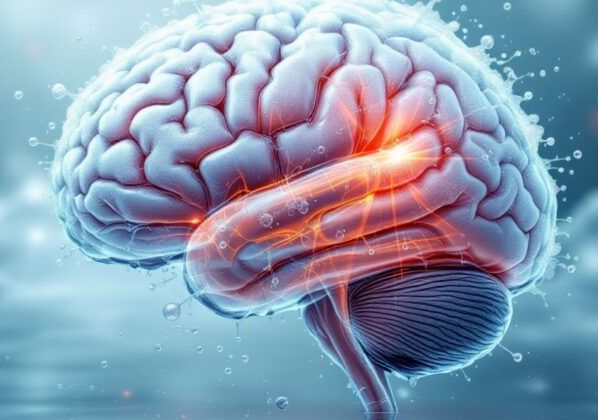SCN2A: The Sodium Channel Gene That Shapes the Brain
- Courtney Hunt, MD

- Sep 26, 2025
- 3 min read

The SCN2A gene encodes Nav1.2, a voltage-gated sodium channel that acts as a gatekeeper of neuronal excitability. These channels, embedded in the membranes of cortical neurons, open and close with precise timing to allow sodium ions to flow into the cell. This rapid ion movement generates the electrical impulses—action potentials—that make thought, memory, and sensation possible.
When mutations occur in SCN2A, the consequences can be profound. Some mutations make the channel hyperactive, causing it to open too easily or stay open too long, leading to neurons that fire excessively. Other mutations reduce activity, silencing circuits that should be active. Both scenarios disrupt the delicate balance between excitatory and inhibitory signaling, altering how neurotransmitters like glutamate and GABA are released. This imbalance explains why SCN2A mutations are strongly linked to neurodevelopmental disorders such as autism spectrum disorder, epilepsy, and intellectual disability.
The Cortex: Command Center of the Brain
The cortex is the outer layer of the brain, folded and expansive, and it is the site of our most advanced cognitive abilities. It integrates sensory input, drives language and reasoning, controls voluntary movement, and coordinates memory and attention. Because cortical neurons are densely interconnected, they depend on precise timing of electrical firing to maintain communication. Even small disruptions in sodium channel function can ripple through these networks, influencing how thoughts are formed, how decisions are made, and how behaviors unfold.
Why Sodium and Electrolytes Matter
Sodium channels cannot function properly without the right balance of sodium, water, and electrolytes. Every action potential depends on a gradient: sodium ions rushing into the cell when the channel opens, followed by potassium ions exiting to reset the system. If sodium levels are too low—or hydration and electrolyte balance are off—the system falters. Neurons may misfire, signals may weaken, and the cortex cannot coordinate complex tasks efficiently. This is why maintaining proper hydration and salt balance is critical for brain health, especially in states of fasting, exercise, or ketosis when electrolyte handling shifts dramatically.
SCN2A, Neurodivergence, and Epilepsy
The same mutations that destabilize sodium channel function can manifest in many different ways. In some individuals, altered excitability in cortical circuits leads to epilepsy, where hyperactive firing cascades into uncontrolled seizures. In others, subtle differences in firing patterns and cortical wiring contribute to neurodivergence, shaping how sensory information is processed, how attention is regulated, or how social communication unfolds. SCN2A does not determine a single outcome—it sets the tone of cortical excitability, which interacts with countless other factors to produce diverse expressions of cognition and behavior.
Genes Are Not Destiny: The Epigenetic Layer
While the genetic code sets parameters, the environment, metabolism, and even inflammatory state all influence outcomes. For example:
• Metabolic State: In ketosis, when the brain runs on ketones instead of glucose, electrolyte handling and sodium balance shift. This metabolic state can calm hyperexcitable neurons, which is why ketogenic diets have therapeutic potential for seizure disorders involving SCN2A mutations.
• Inflammation: Inflammatory cytokines can heighten neuronal excitability, exacerbating the effects of SCN2A mutations. In a glycolytic, inflamed state, sodium channels become even more sensitive, creating a perfect storm for dysfunction.
• Epigenetic Tuning: Gene expression is not fixed. Epigenetic factors—such as methylation, histone modifications, or even the nutritional and stress environment—can dial SCN2A activity up or down. This explains why two individuals with similar mutations may experience very different outcomes, ranging from mild traits of neurodivergence to severe epilepsy.
The Bigger Picture
SCN2A teaches us that genes are not rigid instructions—they are dynamic parameters shaped by context. A mutation might predispose neurons to fire abnormally, but whether that leads to seizures, developmental delay, or subtle changes in cognition depends on the interplay of genetics, epigenetics, metabolism, and environment.
At the cellular level, the story of SCN2A is the story of sodium ions flowing in and out of a neuron. At the human level, it is a reminder that the fine line between order and chaos in the brain can rest on the behavior of a single molecular gate—and on whether the cortex has the electrolytes, metabolic stability, and epigenetic support it needs to keep its signals sharp.




Comments